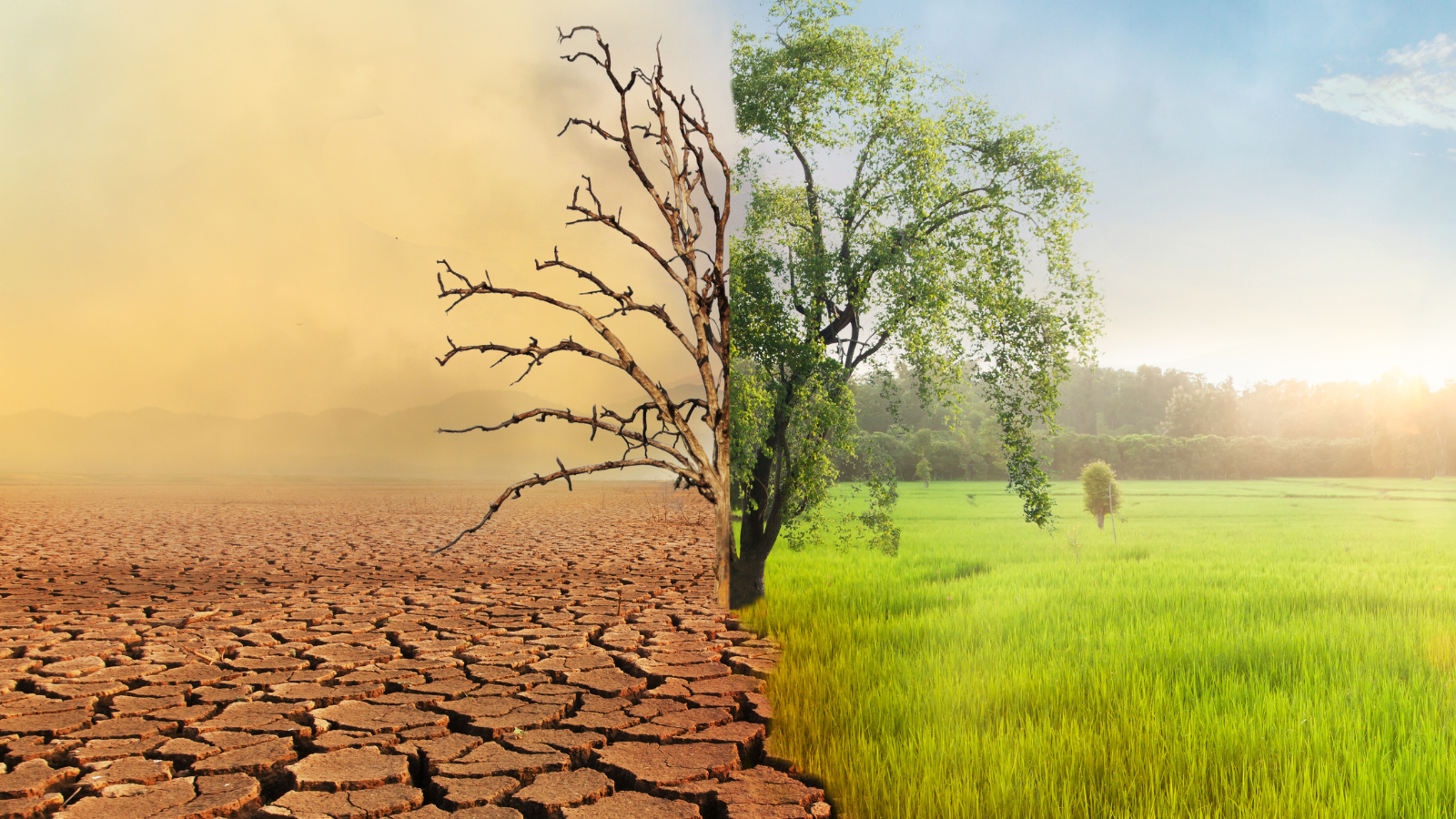
A study by Evangelina Dardati, researcher at the Millennium Institute MIPP, alongside an international team, reveals how the combination of climate crises and internal conflicts accelerates global migration, with effects that transcend borders.
Droughts and conflicts are reshaping global migration patterns. As climate change alters living conditions, its impact is not uniform. In some countries, the response is resilience; in others, social instability amplifies the crisis and accelerates population outflows.
A new study by Evangelina Dardati, researcher at the Millennium Institute MIPP, in collaboration with Thibault Laurent, Paula Margaretic, and Christine Thomas-Agnan, provides key evidence on this phenomenon. The research, titled Climate, Conflict and International Migration, shows that droughts are associated with an increase in international migration only when conflicts are also present in those countries—particularly in middle- and high-income economies.
Findings based on data from 155 origin countries and 122 destination countries between 1995 and 2020 show that a one-standard-deviation decrease in the Palmer Drought Index is associated with a 12% increase in international migration in conflict-affected countries. This study challenges the idea that climate change alone triggers massive migration flows and highlights the importance of political and social context.
Climate as a Driver of Migration: An Uneven Impact
One of the key contributions of this research is demonstrating that droughts do not automatically lead to international migration. In the absence of conflict, the climatic effects on mobility are limited.
In low-income countries, droughts are not always associated with increased international migration. This may be due to economic constraints that prevent people from leaving their countries, effectively trapping them in vulnerable regions.
In contrast, in middle- and high-income countries experiencing conflict, the combination of social instability and climate crisis acts as a trigger for migration. The ability to migrate depends not only on environmental conditions but also on the economic and political context.
The study employed a quantitative approach based on spatial econometrics to capture not only the direct effects of climate and conflict on migration, but also how these effects spread across neighboring countries.
Read the full article in Miradas MIPP here:
https://www.mipp.cl/miradas/migracion-sequias-y-conflicto-el-impacto-oculto-del-cambio-climatico/
MIPP Chile 2025